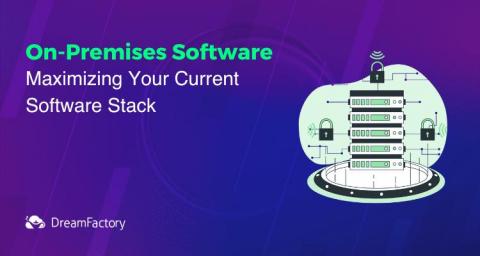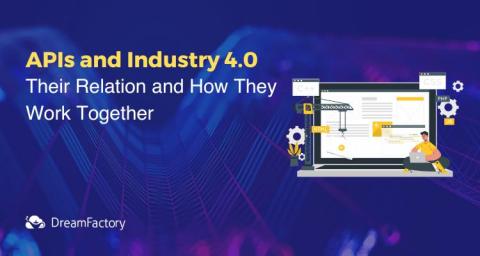Monitoring APIs with Grafana
Now that we have explored monitoring apis with Prometheus, let’s take a look at monitoring our APIs with Grafana. You may have noticed from the previous blog that Prometheus is awesome, but takes some time to fully flesh out and their dashboards aren’t easy to read or very eye-catching. Luckily for us, Grafana specializes in data visualization. We won’t even have to configure all our Prometheus queries, so let’s get started.








